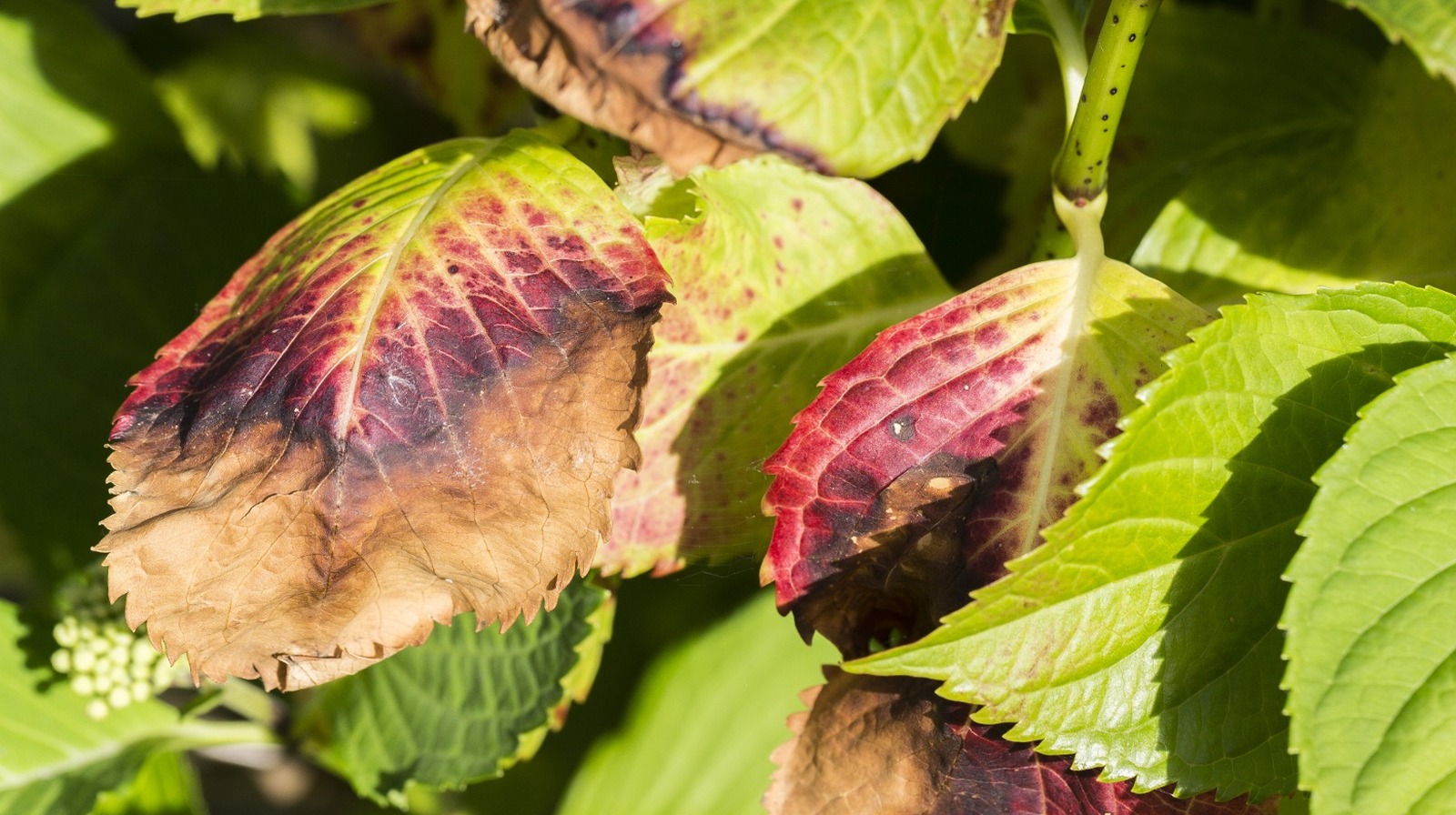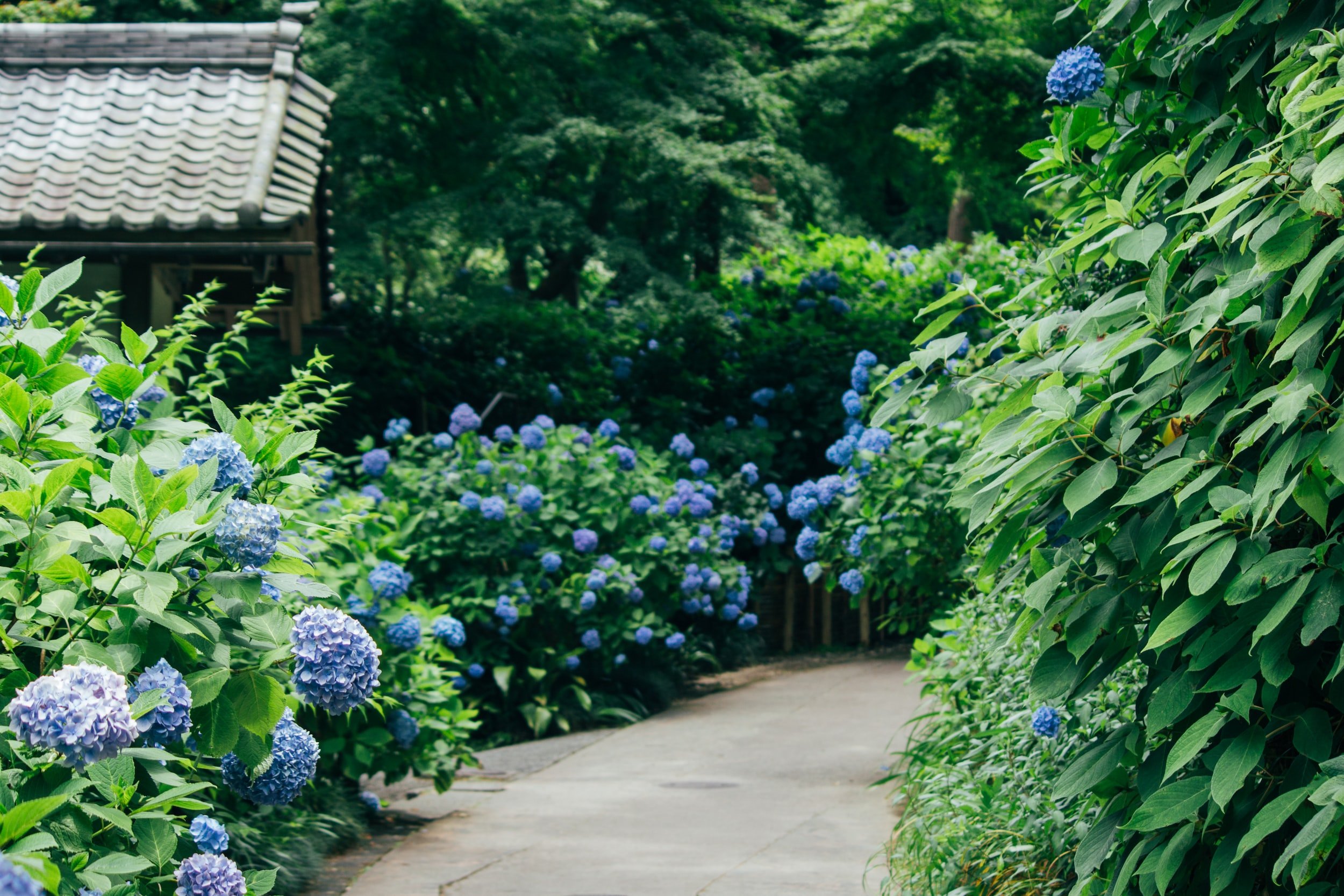The smart Trick of Hydrangea Leaves Turning Yellow That Nobody is Discussing
8 Easy Facts About Hydrangea Leaves Turning Yellow Shown
Table of ContentsThe Buzz on Hydrangea Leaves Turning YellowAll about Hydrangea Leaves Turning YellowSee This Report on Hydrangea Leaves Turning YellowSome Known Factual Statements About Hydrangea Leaves Turning Yellow The Definitive Guide to Hydrangea Leaves Turning YellowThe Main Principles Of Hydrangea Leaves Turning Yellow Get This Report about Hydrangea Leaves Turning YellowSome Ideas on Hydrangea Leaves Turning Yellow You Should Know
You can attempt to prevent fungal illness by keeping your yards neat and devoid of debris. Offer your gardens a good fall and springtime clean up and eliminate all leaf litter from the ground, in addition to from within the crown of the plant. These fallen leaves that will certainly remain, waiting to strike in the following expanding period.These can be found at garden. Bear in mind to comply with the directions on the tag of the fungicide you buy. Copper fungicides are, yet if they are overused they can come to be poisonous to your plant. Removing infected leaves is likewise an excellent action. Clip the leaves, and eliminate them from the yard.
If they aren't obtaining adequate water, their leaves will certainly brown. Hydrangeas have a in the lunchtime sun, and jumping back when the sun has actually changed and the plants have time to recover. If this occurs repeatedly you might notice brown and crunchy leaves that are sagging (Hydrangea Leaves Turning Yellow). This is their method of letting us recognize that it needs some extra wetness.
The Only Guide for Hydrangea Leaves Turning Yellow
To swiftly correct this, you will intend to water your hydrangeas!.?. !! Water them gradually so the plants can take in that water. Normally in areas where plants have actually become dried out, the soil is completely dry and the drainage of water ends up being a trouble. Adding water to very dried out soil and the problem will not resolve itself.
Developed plants might need to be sprinkled one to three times per week, depending on your conditions. It may seem alluring to spray the fallen leaves down.
Water the base of the plant,. When the plant has rebounded, you can resume a normal watering timetable. A lot of types and varieties favor partial sun. Panicle hydrangeas enjoy complete sun, however the remainder of the group really likes partial color. Partial color offers about four to six hours of sunlight.
Hydrangea Leaves Turning Yellow Things To Know Before You Buy
The container needs to be big sufficient so the plant can grow and obtain all of the water and nutrients it requires. Place the container on a veranda, or in a questionable spot on an outdoor patio (Hydrangea Leaves Turning Yellow). You can also change the plant with a panicle hydrangea. Panicles enjoy the complete sun.
No matter of the variety, plan ahead and make sure your plant has lots of security from the wind. You have a couple of alternatives below. You can transplant to a brand-new place, or you can produce a wind obstacle using another plant, or fencing. To create a wind obstacle you could, or a shrub to block the wind.
Ornamental turf, Rose of Sharon, or Holly bushes are simply a couple of ideas of plants you could utilize to obstruct the wind. Hydrangea Leaves Turning Yellow. If you need to hair transplant, locate a spot in your yard that is well safeguarded from sunlight and wind. Transplanting is ideal carried out in the autumn or the springtime
Hydrangea Leaves Turning Yellow Can Be Fun For Anyone
All of the above circumstances can take place to any kind of garden enthusiast. Luckily for everybody, hydrangeas are really resistant, and will most likely recuperate extremely rapidly with a little love and care. The plants place is one of the most important variable when it comes to obtaining recognized and proper development. With a little forethought on planting place and proper upkeep, you'll be able to ensure your hydrangeas!.
So, if Hydrangea leaves turn yellow and falls off later on, it's generally because of overwatering, as the plant can not uptake water and loses the leaves to remove transpiration. Following this, Hydrangea leaves start to sag and shrivel. Because both conditions can develop yellow fallen leaves, you must identify the distinction between the overwatered and underwatered plant.
You can rescue the plant from yellow leaves by offering it the right light and positioning. If your plant obtains yellow leaves, relocate it to a dark location.
4 Simple Techniques For Hydrangea Leaves Turning Yellow
Remember, Hydrangeas are just frost forgiving in loss and winter season as they go dormant, and temperature modifications can create yellowing leaves and brownish places. If it gets too warm, the edges of the leaves come to be yellow, transform brownish and create a crispy structure. Transfer your potted Hydrangeas far from breezy north-facing windows in the winter months.
Heavy dirt can quickly obstruct the oxygen supply to the origins and cut the link with the upper components of the plant (fallen leaves). Hydrangea leaves alter their color if they find minor troubles in the soil structure. This concern have a peek here can create the Hydrangea entrusts to transform yellow, struggle with fallen leave decreases, and render a sagging plant compatible overwatering.

Our Hydrangea Leaves Turning Yellow PDFs
Cutting off helps Hydrangea color unnecessary weight and coverage, allowing the development of brand-new fallen leaves. The ideal time to trim Hydrangeas is spring when the plant prepares to sprout vegetation for the following period. Inspect for invested or diseased fallen leaves and cut the base of a stalk that joins the fallen leaves and stem.
Prevent reducing healthy and balanced or eco-friendly leaves, and do not get rid of even more than 25% of the plant's foliage. Accumulate the discarded delegates burn or compost them. The primary factor behind the red leaves in Hydrangea is poor dirt or ecological conditions. If Hydrangea fallen leaves have a white powdery material on them, it suggests Powdery Mildew infection.
Repot the plant every year in springtime or every 2 years if the growth price is slow.
The Definitive Guide for Hydrangea Leaves Turning Yellow

Each factor influences the plant in special info such a way that can be dealt with if we recognize just how to take care of hydrangeas the right method. When we speak concerning poor light for hydrangeas, we indicate that the plant isn't obtaining adequate sunshine. Hydrangeas prefer brilliant light, but why not look here not straight, scorching sunlight. They frequently grow ideal with early morning sunlight and afternoon shade.
Without adequate sunshine, the leaves can turn yellow, the plant can come to be weak, and it may produce less blooms. To ensure a hydrangea obtains ample light, it needs to be put in a spot where it can appreciate the early morning light and be protected from the intense mid-day sun. Overwatering is when a hydrangea plant obtains even more water than it requires.
Some Of Hydrangea Leaves Turning Yellow
Without sufficient air, the origins can not do their task well, and the plant starts to suffer. Yellow fallen leaves might be an indication that the plant is getting way too much water. On the various other hand, dehydration occurs when the plant doesn't obtain adequate water. Like individuals, plants need water to stay healthy.
This problem prevails in the fall as the weather condition changes or if a hydrangea is planted in a spot where it doesn't get enough heat from the sunlight. It is very important to understand the right conditions for hydrangeas to avoid low-temperature stress and anxiety. Most hydrangeas grow best in zones 6 to 9, where the climate is milder.
It is very important to know that this type of yellowing is different from the yellowing brought on by issues like too much water or not enough light. For that reason, if the yellow fallen leaves are primarily at the base of the plant and the remainder of the plant looks healthy, it can simply indicate that the leaves are merely obtaining old.